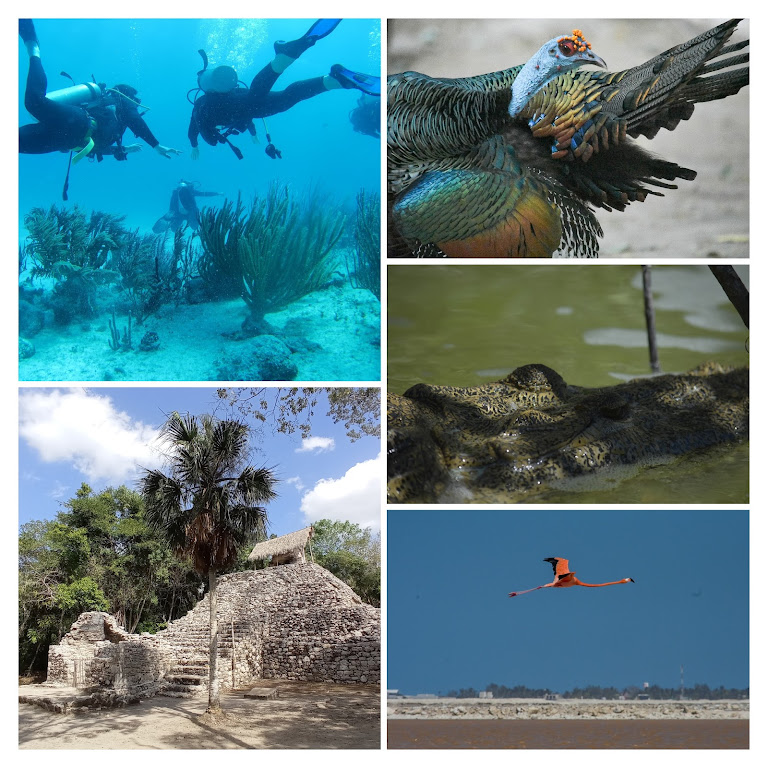How to see Mexico’s monarch butterflies on a budget
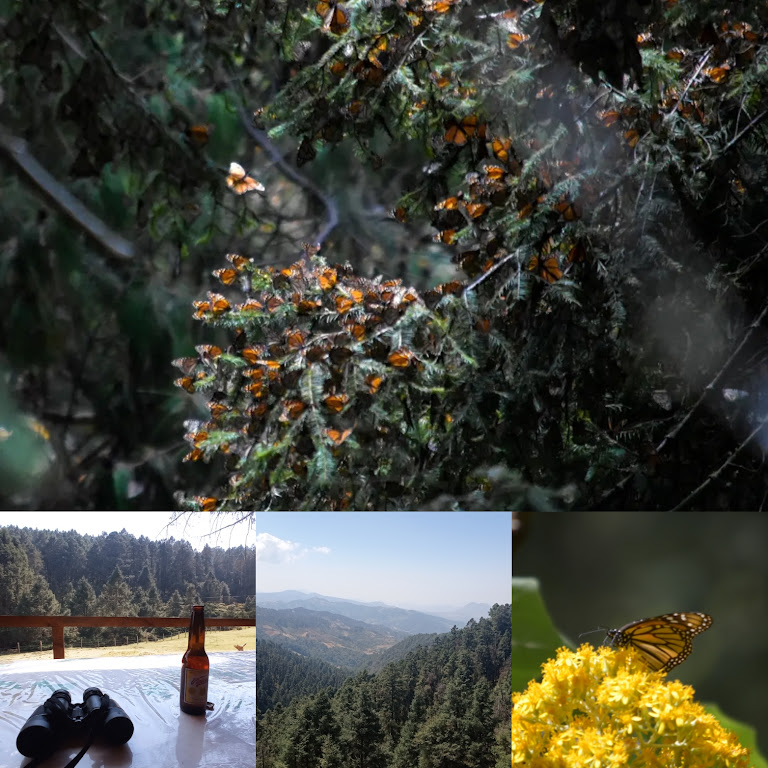
Contents
- Intro: Writer’s experience
- The story behind the monarch butterflies in Mexico
- When to see Mexico’s monarch butterflies
- Where to spot Mexico’s butterflies on a budget
- Getting to Sierra Chincua from Mexico City
- Visiting Sierra Chincua: the experience itself
- Other wildlife you can see in Sierra Chincua
- A note on safety
- Useful Spanish phrases and words to know when visiting Sierra Chincua
- TLDR: Important things to note
Intro: Writer’s experience
“Save for the odd chirp from hummingbirds and the sound of my footsteps upon the dusty path, the forest is completely silent. I’ve already seen quite a few butterflies pollinating the flowers, and the sight of a flock of twenty drifting through the canopy above has already wowed me. Small wonder then that as I reach the main colony, my breath is taken. It comes all of a sudden, the guide pointing to the side. The slope steepens considerably here, and I’ve an eye-level view of the branches. Lathering each one are hundreds of butterflies, some opening their wings to warm up, others already taking to the air. I’ve come at the right time, apparently: those ones I saw earlier were the early birds. I’m about to see the lion’s share of the flock awaken from their slumber, and get started with their day.
We reach a viewpoint, a gap in the pines opening up to a spectacular vista of Michoacan’s highlands. Already filling the sky are hundreds of butterflies, gracefully drifting and darting in the breeze. Of course, not a sound is to be heard, save for the local visitors marvelling at the beauty of their country’s nature. A gasp, followed by a dreamy “que lindo”. It’s in equal parts cathartic and breathtaking. I know I’ll be blogging about this, so I take more than a few shots and videos, but it really is one of those you’d-need-to-be-there scenarios. With that, I put away my camera, sit back on the slope, and let the joie-de-vivre flow through me.”
The story behind the monarch butterflies in Mexico
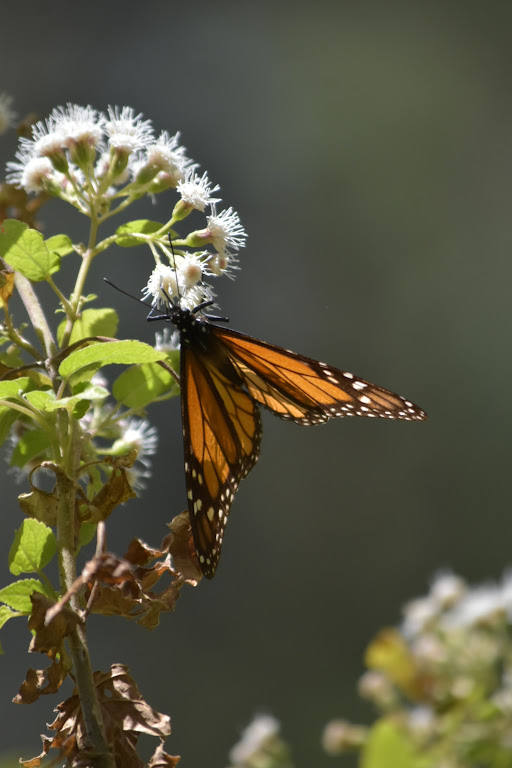
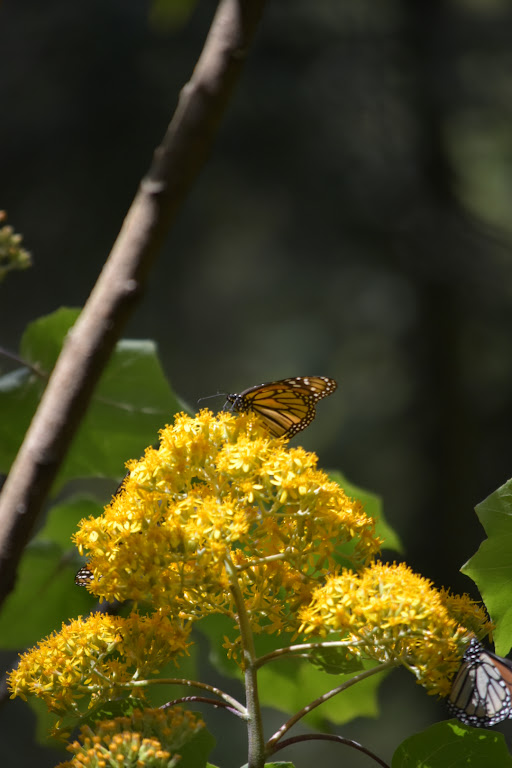
Every year, thousands of monarch butterflies make the long journey from Canada to the mountains of Michoacan and Mexico’s Federal District to escape the harsh winter. Corralling the pine trees’ branches, the butterflies take off every day around midday as the sun warms them up, and fill the sky. Many a “must-see wildlife experiences” article features them, and not a single wildlife lover visiting Mexico during the northern winter should miss this.
Monarch butterflies are a fussy species – they need it to be not too hot and not too cold (hence the migration), they need peace and quiet and they need to be sheltered from strong winds. The hills that straddle the border between Mexico’s Federal District and Michoacan, coated with pine trees reminiscent of some of the US and Canada’s pine forests, are the sweet spot.
When to see Mexico’s monarch butterflies

Because they’re migratory, monarch butterflies are present in Mexico from October to mid-March. I visited on March 10th, so wondered if I was cutting it a little close, but they were there nonetheless. If you visit during one of the buffer times, check Google reviews. Somebody posts one practically every week mentioning whether the butterflies are there or not.
Where to spot Mexico’s butterflies on a budget
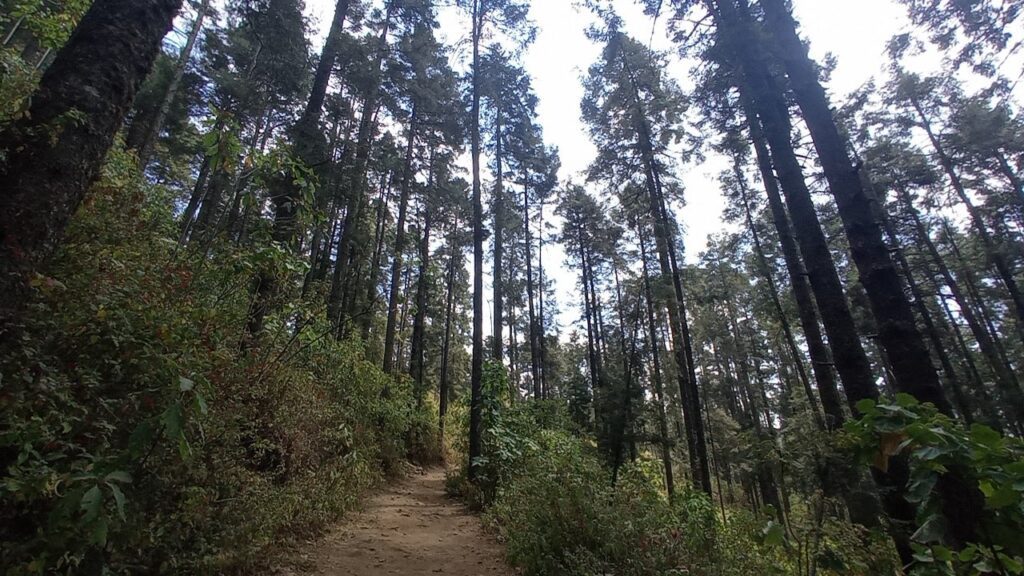
In planning my own trip, I found several locations where monarch butterfly swarms can be seen. El Rosario is the most popular, and Piedra Herrada is the closest to Mexico City, but Sierra Chincua is the best for budget travellers for one key reason: logistics.
As with many places in Latin America, I was a bit limited by the fact that I didn’t have a car, so would have to rely on public transport. For the first two sanctuaries, the buses from Mexico City could get me to a nearby town, but getting to the sanctuary itself would require a taxi. As for Sierra Chincua, its entrance is only a half-hour walk from where the bus will drop you.
Getting to Sierra Chincua from Mexico City
While it will be a long day, Sierra Chincua can be done as a day trip from Mexico City. And if you’re on a budget, it will be in your best interests since there aren’t really any hostels in this part of Mexico. There are a few budget hotels in Angangueo if you’d really like to spend the night (plus Angangueo is a nice old town), but of course, rooms won’t be as cheap as a dorm or Airbnb in the city.
The first step is to get to Mexico City’s western bus terminal. Some guides call it Poniente, others Observatorio, but they’re one and the same. Observatorio, though, is also the name of the metro station you’ll want to get to.
Mexico City’s Metro is safe and efficient – I never had to wait more than a few minutes for a train to come along. It’s also cheap: you’ll need to buy a card for M$20, plus load it with credit, but each ride only costs M$5. Observatorio is at the western end of Line 1, which connects to several others in the city. If you’re staying near the city centre, getting to the bus terminal shouldn’t take more than forty minutes.
Once you get out of the Metro station, you’ll pass through a small market and over a road to get to the terminal. This particular route is safe since there will be a lot of commuters and police, but the surrounding neighbourhood is a bit dodgy. Don’t go for a wander.
Inside the terminal, look for the Zina Buses counter and ask for a ticket to Angangueo, a small town which Sierra Chincua lies on the way to. If you’ve never travelled Latin America, there’s something you should know about its buses: generally speaking, you can get on and off anywhere that isn’t a highway. Of course, you should confirm this ahead of time, since one or two companies’ policies may prohibit this, but when I went on Zina Buses it was allowed.
It pays to have the area loaded in advance on Google Maps since this will show you your location even when you’re offline. When you see your blue marker getting close to the junction to Sierra Chincua, ask the driver to let you off. The butterfly sanctuary junction is not a scheduled stop, so you’ll have to request it from the driver. Here’s how to request it in Spanish.

When I bought at the counter I still had to pay the full fare to Angangueo (M$275). Going back though, when I boarded the bus by the road and bought it directly from the driver, I got a slight discount and only paid $250. Drivers only take cash and should have change – though, the more exact you can be, the better. The counter in the terminal should have a card machine.
Bus timings: For this to be feasible, you’d really need to get the earliest bus out to Angangueo and the latest bus back. At the time of writing these were at 8 AM and 4.10 PM respectively, with the journey taking roughly two and a half hours each way. When heading back, somebody told me the bus would get to the junction at 4.30 PM, though the bus arrived at 4.20 for me, so make sure you get there in good time. If you do miss the bus, there are apparently collectivos (local minibuses) passing by, so you won’t be completely up the Rio Mierda without a paddle. They’re best avoided though since they can be pretty cramped and their timings aren’t predictable or even guaranteeable.
Once you get off the bus, you’ll see a dirt road heading up the hill. Follow this until you see a cluster of buildings and a roundabout with the flags of Canada, the US and Mexico (the three countries the butterflies pass through).
Visiting Sierra Chincua: the experience itself

There’s a particular site in the forest where the butterflies congregate, about forty-five minutes’ walk from the entrance.
Once you’ve paid your entrance at the ticket counter you’ll be assigned a guide. From when I asked, it seems they’re mandatory for getting to the butterfly site itself. Once you’ve reached it, you can go back the way you came on your own. I did so, since I felt a little bad making the guide wait several minutes every time I wanted to take a photo of birds, butterflies or the scenery. For an extra fee, you can also rent a horse to take you three-quarters of the way, with one-way and return options available.
The trails are dusty, so don’t be dressed to the nines. Since they’re not particularly steep you won’t need specialist hiking shoes if you don’t have any. Guides are more there for making sure you don’t get lost – mine wasn’t particularly chatty, but was friendly enough nonetheless and answered any questions I had. The trail passes through a forest that, judging by the height of the trees, has been there a while, and takes you to a couple of viewpoints facing west across Michoacan’s hills.
You’ll know you’re getting close to the butterfly site when signs with pictures of them appear and the trail narrows. When here, it’s important to remain quiet, since monarch butterflies are sensitive to loud noises. This is also why the horses will stop at this point and you’ll have to do the rest on foot.
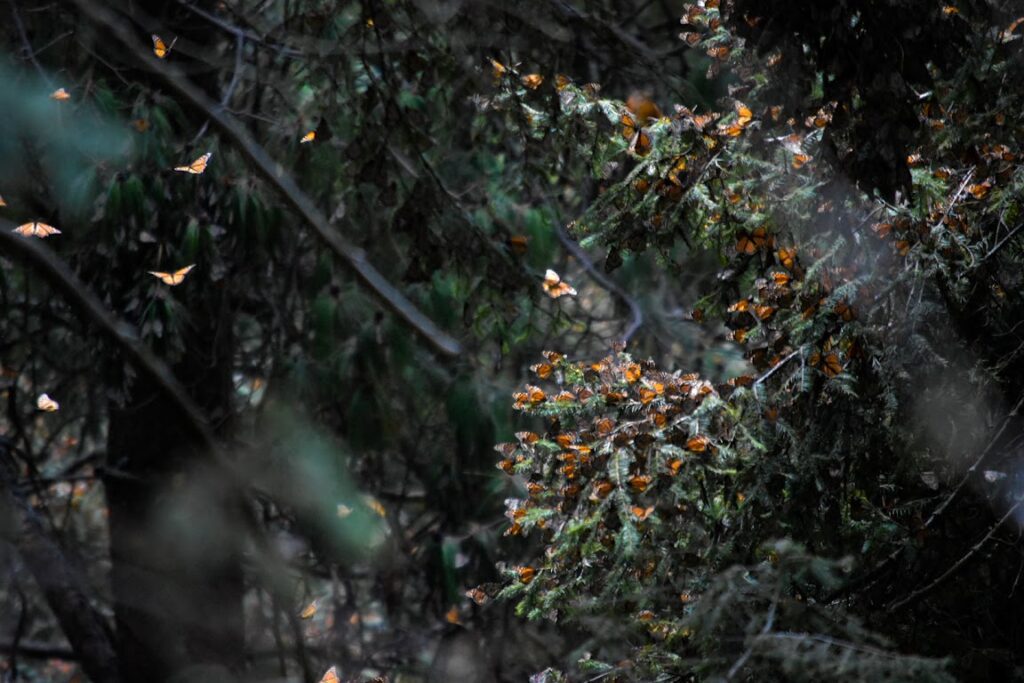
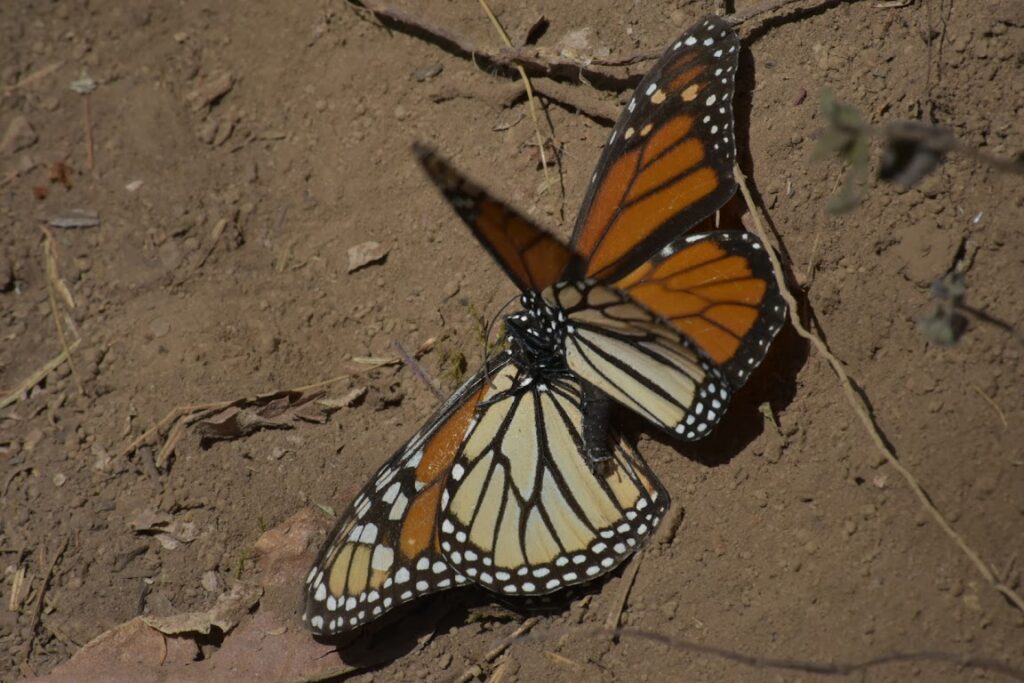
As you head up, the flocks of monarch butterflies will become bigger and bigger, until you reach the final viewpoint. Here, you’ll find the branches completely covered by resting butterflies. When the sun’s been out long enough to warm up their wings, they take flight all at once – a butterfly rush hour, if you will. Breathtaking though this show is, keep your eyes on the path when moving around. Butterflies often end up on the ground if resting or mating, sometimes literally falling from the sky, and more than a few have met their demise under the feet of visitors who weren’t paying attention.
Other wildlife you can see in Sierra Chincua
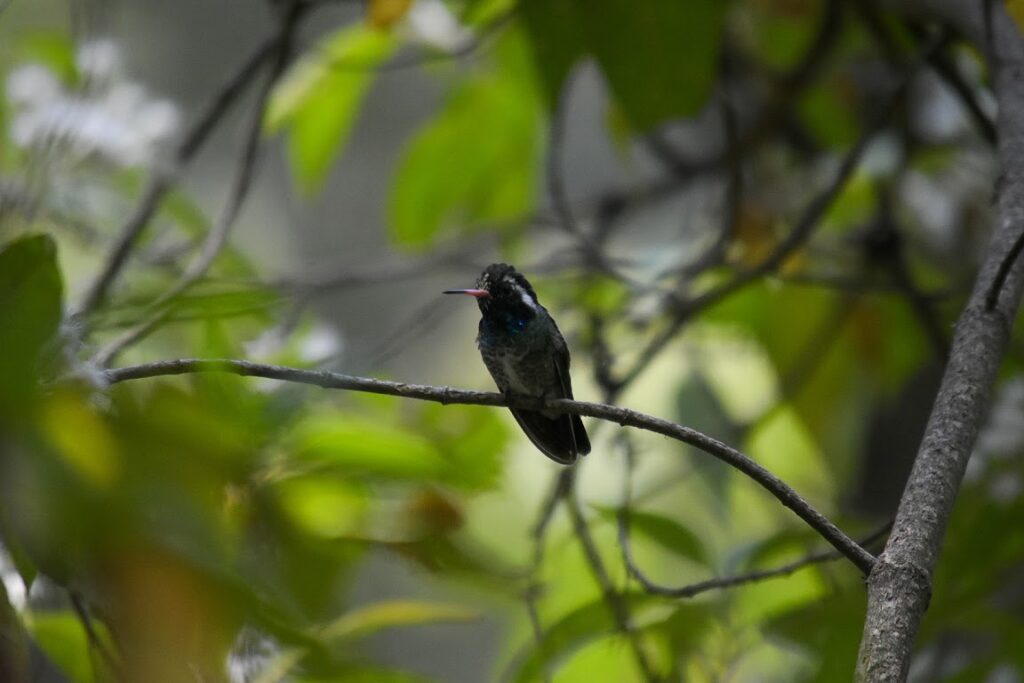
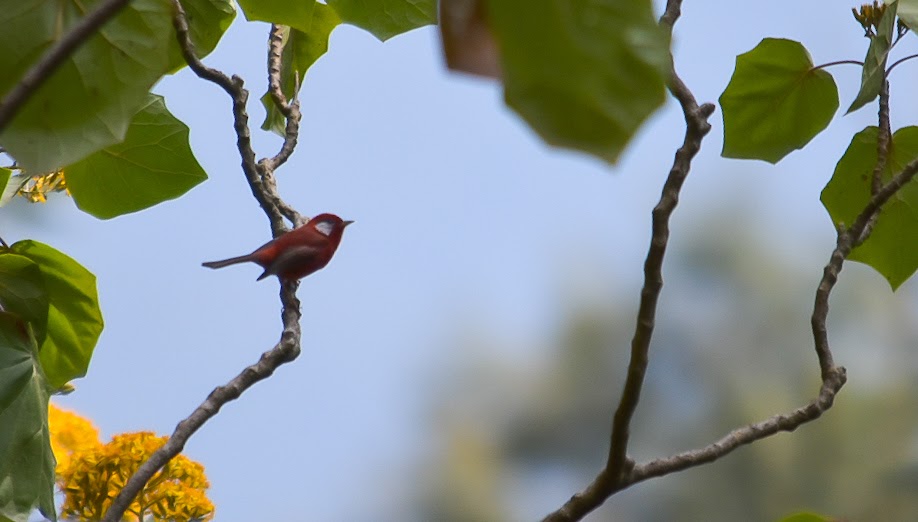
While the monarch butterflies are without a doubt the star attraction around here, birdwatchers will also be in their element. White-eared hummingbirds share the forest’s flowers with the butterflies, and the fields near the visitor centre are a good place to spot Steller’s jays and bluebirds. You should also keep your eyes out for the red warbler, a bright red bird endemic to the highlands of Mexico. I came across four on my walk, most of them hanging around the spot where the trail comes out of the forest into the open field.
A note on safety
Here’s something any UK-based readers should know: currently, the FCO advises against all but essential travel to Michoacan due to cartel-related violence, save for the capital Morelia and the highways leading to it. Being just across the border (the “welcome to Michoacan” sign is just a hundred metres away from the junction), Sierra Chincua technically falls within the danger zone, which means that travel insurance won’t pay out if something bad does happen.
Practically speaking though, the chances of anything crime-related happening are slim to none. This corner of Michoacan is heavily touristed, and therefore heavily policed by extension, and most of the trouble happens in out-of-the-way places. Do be extra careful when hiking the trails though, since there are rocks and steep drops in some places, and any medical expenses from hiking accidents will be on your dime.
Useful Spanish phrases and words to know when visiting Sierra Chincua
“Usted puede dejarme aqui por favor?” (oosted pueday day-har-may a-key pour fav-oar?) – Could you let me out here please?
-Used when getting off the bus.
“Ciudad de Mejico/ Angangueo por favor” (see-oo-dad day Me-hee-co/ Ang-ang-wayo pour fav-oar) – Mexico City/ Angangueo, please.
-Used when buying tickets from/ to the butterfly sanctuary.
“Mariposas” – butterflies.
TLDR: Important things to note
Click on each to be taken to the relevant section for more info.




